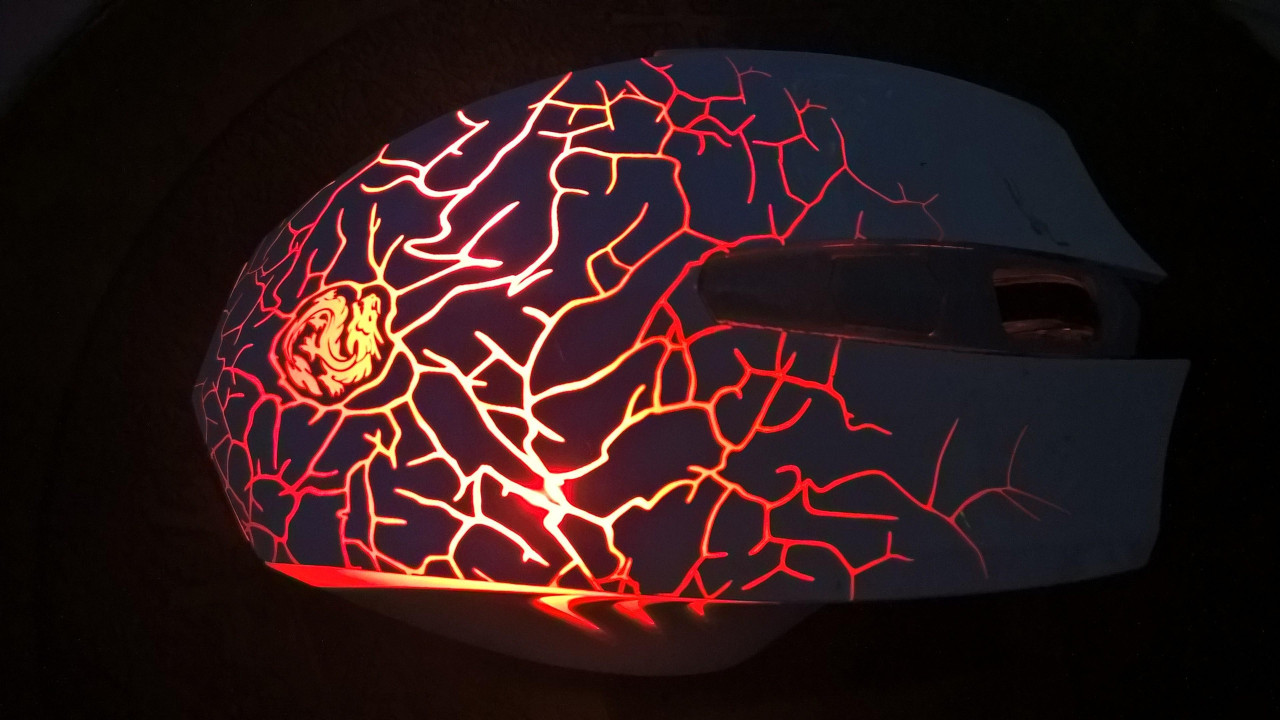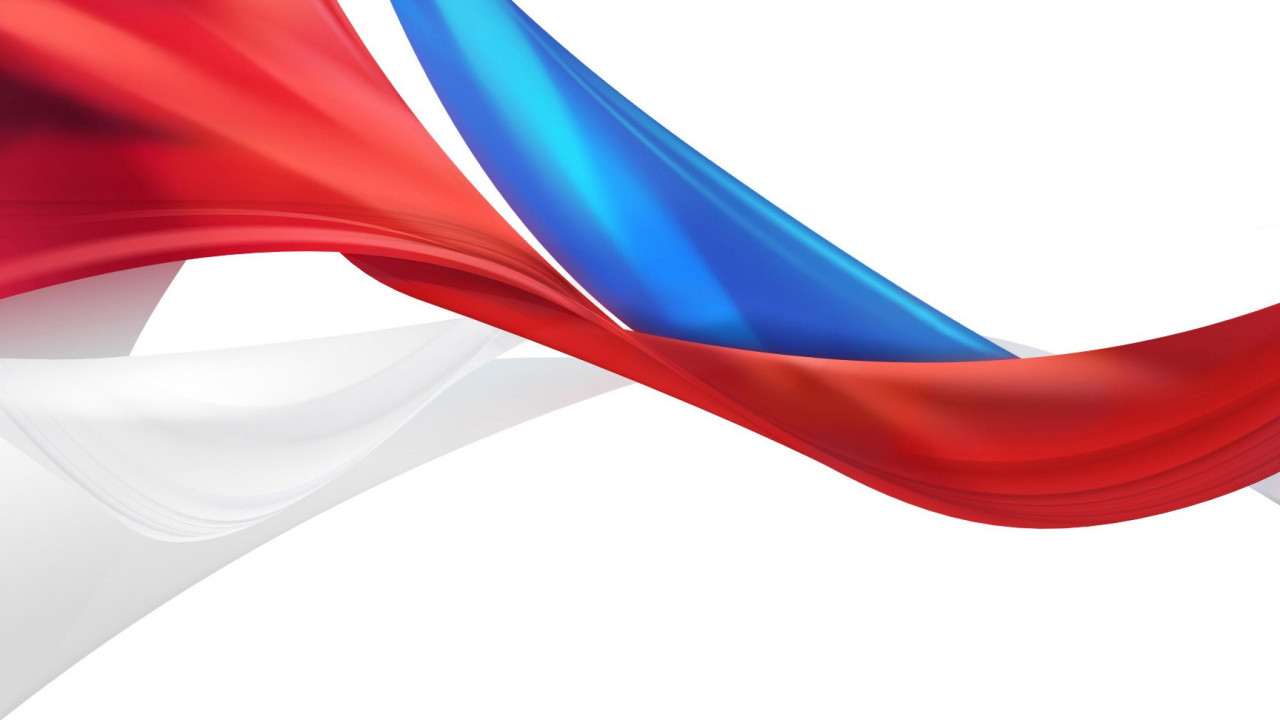Image Optimization: The Key to Faster Websites and Enhanced User Experience
In the digital world, images are essential for conveying information, enhancing visual appeal, and engaging users. However, large, unoptimized image files can significantly slow down website loading times, frustrate users, and negatively impact search engine rankings. This is where image optimization comes into play. Image optimization is a process that involves reducing the file size of images without compromising their visual quality. In this article, we delve into the concept of image optimization, explore its significance for SEO and web performance, and discuss what happens when you optimize photos.
What is Image Optimization?
Image optimization refers to techniques and practices that aim to reduce the file size of images while maintaining acceptable visual quality. It involves various methods such as compression, resizing, and format conversion. The goal is to strike a balance between file size and image quality, ensuring that images load quickly without sacrificing visual appeal.
What is Image Optimization in SEO?
Image optimization is a critical aspect of search engine optimization (SEO). Search engines like Google consider website loading speed as a ranking factor. Websites with slow loading times may rank lower in search results, leading to decreased visibility and traffic. Optimized images contribute to faster page load speeds, improving user experience and positively impacting SEO rankings.
Furthermore, image optimization involves adding relevant keywords to image file names and alt text. This helps search engines understand the content of the images and index them accordingly. Optimized images with descriptive alt text are also more accessible to users with visual impairments, using screen readers.
What is Image Optimization for the Web?
Image optimization for the web involves tailoring images for optimal performance on websites and web applications. This includes:
- Choosing the right file format: Selecting the appropriate image format (JPEG, PNG, GIF, WebP) based on the image content and desired quality.
- Compression: Reducing the file size of images through lossy or lossless compression techniques.
- Resizing: Adjusting the dimensions of images to fit the layout of the website or application.
- Responsive images: Serving different image sizes based on the user's device and screen resolution.
- Lazy loading: Delaying the loading of images until they are visible in the user's viewport.
What Happens When You Optimize Photos?
When you optimize photos, several things happen:
- Reduced file size: The image file size is reduced, often by a significant margin, leading to faster loading times.
- Improved website performance: Faster loading images contribute to a faster overall website speed, enhancing user experience and SEO.
- Lower bandwidth consumption: Smaller image files consume less bandwidth, resulting in cost savings for websites with high traffic volumes.
- Enhanced accessibility: Optimized images with descriptive alt text are more accessible to users with disabilities.
- Better user engagement: Faster loading websites with visually appealing images tend to engage users more effectively.
Image Hosting and Sharing: img4up.com
Conclusion
Image optimization is a crucial aspect of web development and SEO. It involves reducing image file sizes without sacrificing quality, improving website performance, enhancing user experience, and boosting search engine rankings. By understanding the principles of image optimization and implementing best practices, you can ensure that your website delivers a fast, visually appealing, and accessible experience to all users.


















Comments (0)